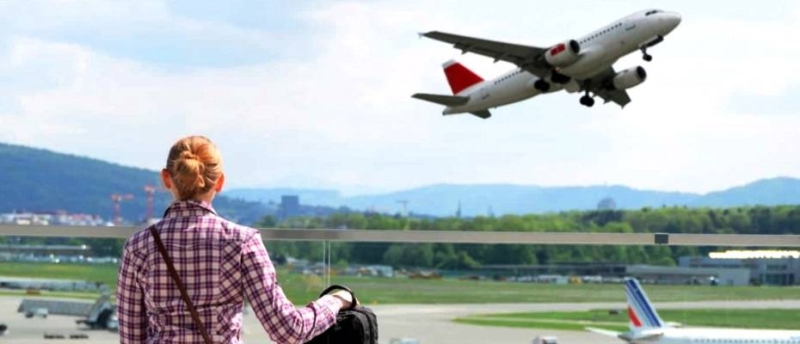Starting October 1, a trip to New Zealand will become more expensive

Starting October 1, a trip to New Zealand will become more expensive: the country increases the International Environmental Protection and Tourism Tax (IVL) from NZ$ 35 (US$22) to NZ$ 100 (US$62).This decision means that travelers will pay more for visiting picturesque lakes, mountains, bike trails and a winery.New Zealand Minister of Hospitality and Tourism Matt Ducie, announcing the innovations, noted that international tourism creates additional costs for local communities, including the burden on regional infrastructure and increased costs for the conservation of natural resources.The IVL, introduced in 2019, is designed to help cover the costs of environmental protection across the country.Duzi also reported that international tourists spent more than 11 billion New Zealand dollars in New Zealand from March 2023 to March 2024.The Consortium of New Zealand Tourism Industry Professionals (TIA) criticized the government’s decision, saying that the recovery of New Zealand’s tourism sector lags behind other countries in the world, which may negatively affect competition with Canada and the United Kingdom, where tickets and visas are much cheaper. In addition, from October 1, other expenses are expected for visitors to the country — the cost of tourist visas will increase from 131 to 211 dollars. Citizens of 60 countries, including the USA, Canada, Singapore, Japan and Mexico, are eligible for visa-free entry and can stay in New Zealand for up to three months for tourist purposes, but they must also obtain an electronic visa and pay IVL tax. With the new rules, the government expects that visa processing will take longer.New Zealand has informed that those planning a trip for the Christmas holidays must apply for a tourist visa no later than October 15, and those planning to visit the country for the Lunar New Year — before November 15.Tourist taxes have become one of the most discussed topics in the travel industry. According to the data, about 60 destinations around the world, from Venice to Bhutan, charge such an entrance and visit fee, not including the cost of meals, accommodation and tickets.Almost all of these places emphasize that fees are necessary to compensate for the effects of overcrowding, environmental damage and other problems associated with overcrowded tourism.According to a study by Bangor University in Wales, “there is little evidence that tourists are deterred by taxes on visits” to places where such fees are provided. New Zealand introduced this tax for the first time in 2019 to cope with the impact of large numbers of visitors on infrastructure, the environment and communities. The country closed its borders for two and a half years during the Covid-19 pandemic and did not allow foreign visitors to return until August 2022. New Zealand is struggling to return to pre-pandemic visitor levels, while the overall economic recovery remains weak.

